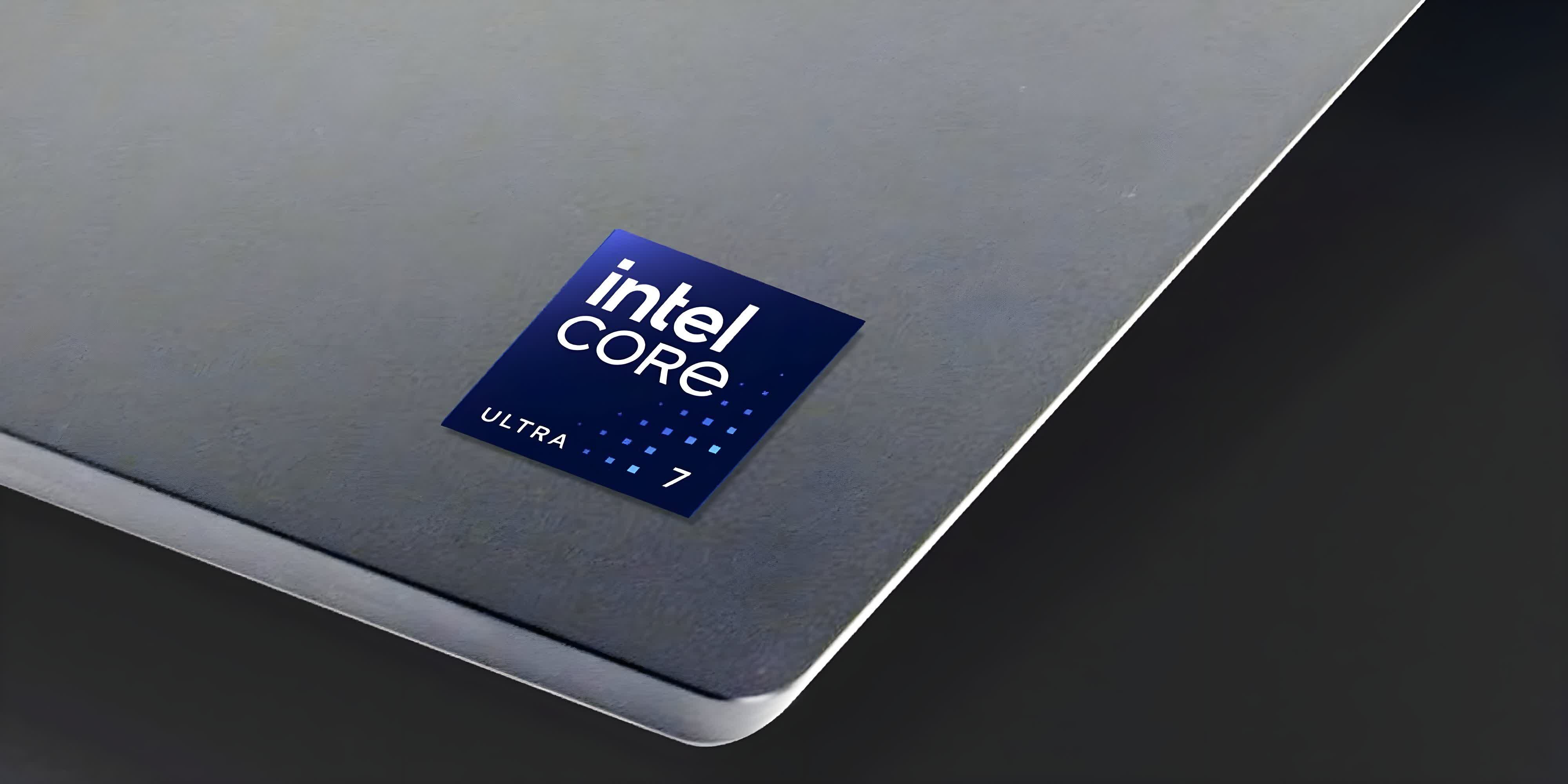Rumor mill: Although the Steam Deck inspired a new wave of rival handheld gaming PCs, there hasn't been much competition regarding internals, as they all run on AMD APUs. The Claw handheld from MSI could change that, as leaked images and benchmarks indicate that its Meteor Lake processor could trade blows with the Asus ROG Ally.
Leakers recently revealed a promotional image and benchmarks of MSI's upcoming Claw handheld gaming PC shortly before the company planned to announce the product at CES. The leaks indicate the system could be an Intel-powered counterpart to the Asus ROG Ally, but important questions remain.
A Twitter user uploaded a poster advertising a chance to win the Claw when buying an MSI laptop. The handheld in the picture resembles a ROG Ally painted black with an MSI logo at the bottom of the bezel. The shape and button placement look similar, although the vents are in different locations.
– ÐÂлекÑÂей (@wxnod) January 5, 2024
Regardless of whether the image is genuine, two MSI Claw benchmarks have appeared on Geekbench, confirming its Meteor Lake internals. It uses a 3.8GHz 16-core Intel Core Ultra 7 155H with 32GB of RAM. Prior benchmarks of the processor show impressive integrated graphics performance compared to the AMD Radeon 780M that powers other handheld PCs, but the Intel 155H's CPU performance might still disappoint.
The two Claw benchmarks indicate different performance profiles, which, like on other handheld gaming PCs, would give players the choice to conserve battery life. The Claw's lower-end profile managed a 1,610 single-core score and a 9,693 multi-core score. Meanwhile, the high-end profile reached 2,404 in single-core and 11,543 in multi-core – quite close to typical ROG Ally results.
Click to view full comparison
Although the Claw's appearance and general performance have leaked, a clear picture of its gaming capabilities likely won't emerge until MSI officially showcases it at CES. Crucial details like screen resolution, refresh rate, wattage, and battery capacity remain unknown.
Furthermore, the Meteor Lake processor will give the Claw access to Intel's XeSS machine learning upscaling technology, which could give it an edge over AMD-powered systems in performance and image quality. Intel previously demonstrated tangible results from upscaling on Intel Core Ultra integrated graphics.
The company isn't the only one planning a Meteor Lake handheld. Emdoor revealed one in October featuring an undisclosed Meteor Lake H CPU, integrated graphics based on Intel Arc 5, a 1,920 x 1,200 LCD screen, and 32GB of RAM, though it still lacks a release date.
Meanwhile, Ayaneo and GDP plan to update their latest handhelds from Ryzen 7000 APUs to the Ryzen 8840U. It remains unclear how the shift will affect gaming performance, but the updated systems could gain access to AMD's XDNA1 AI processor, introducing AI capabilities similar to Meteor Lake's NPUs. Ayaneo recently showed one of its new clamshell handhelds running Forza Horizon 5.

